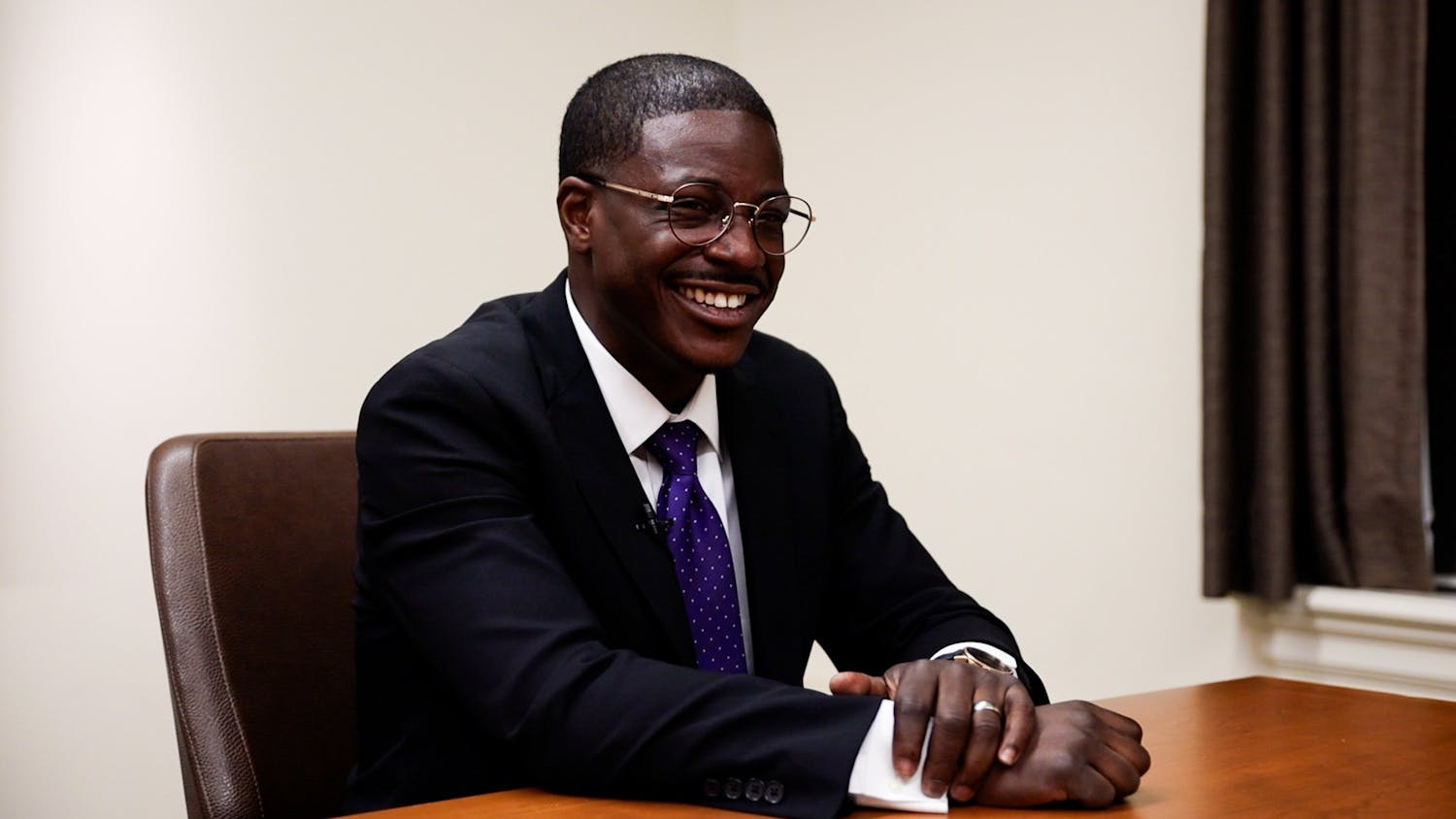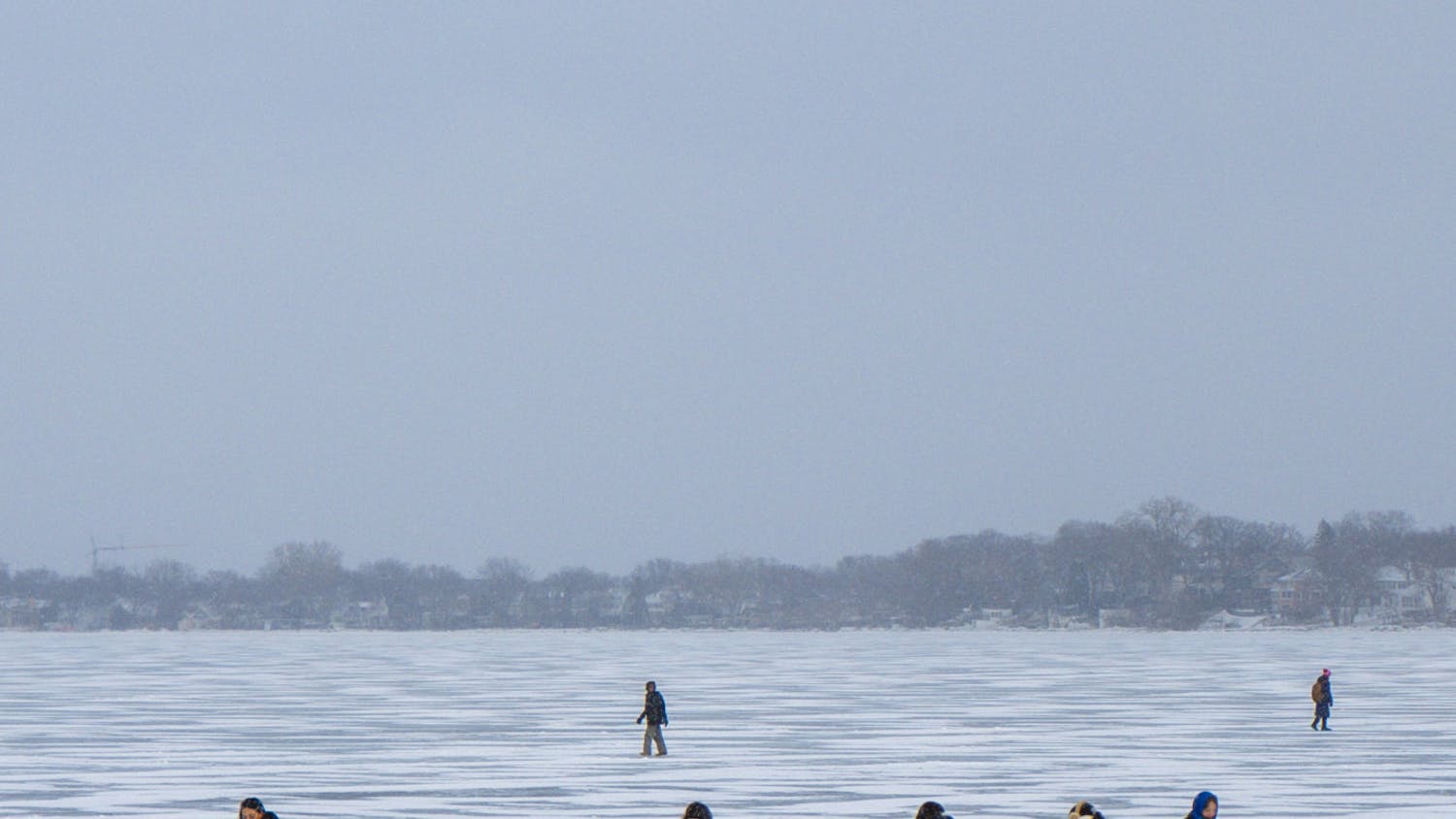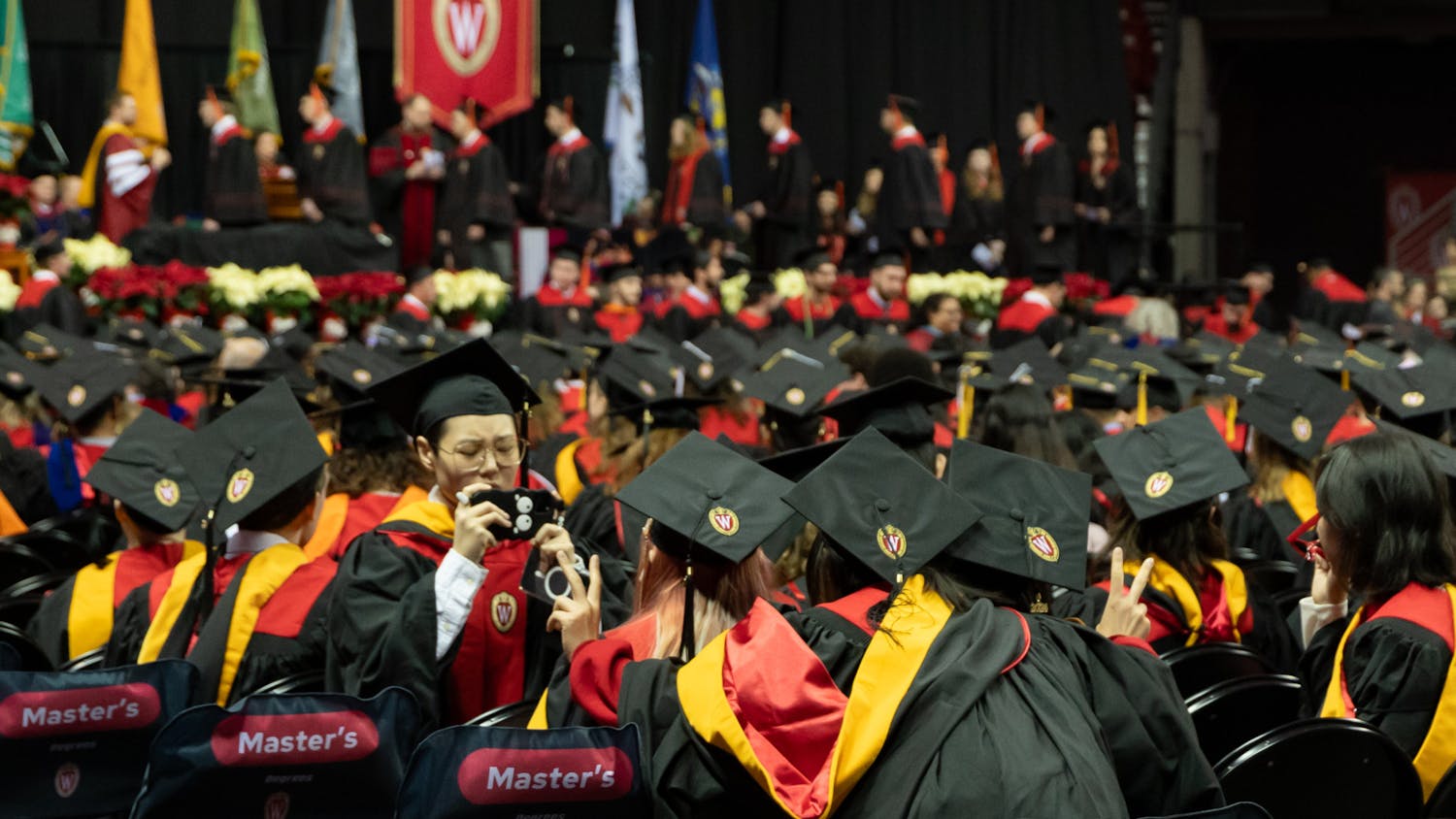UW-Madison freshman Alyssa Andre-Knudsen leaves College Library alone after a night of studying and doesn't call SAFEwalk.
""Sellery [Hall] is not that far, and walking is faster than waiting for SAFEwalk,"" Andre-Knudsen said.
Andre-Knudsen is among many students who do not use the SAFEwalk service.
UW-Madison's SAFEwalk program is a free safety service that operates nightly between 7 p.m. and 1 a.m. It provides any UW-Madison student with a team of two walkers, usually one male and one female, as escorts to destinations that are usually within a one-mile radius of Bascom Hill.
In the past year, the number of SAFEwalk users has increased by over 100 percent, with an increase in the number of repeat users and new users, according to SAFE Services Coordinator Jacob Hahn.
""This year, we've seen a huge increase in the number of walks we have requested from '06 up to now. Since July 1 '06 through the end of January, we have given 1,312 walks,"" Hahn said. This equates to about nine walks per night.
""Our busiest month was September 2006 when we gave 316 in one month, which breaks down to 11 walks a night or so,"" Hahn said.
More than 1,300 walks in five months is a vast increase from 1,077 walks in the 2004-'05 academic year and 1,521 walks in the 2005-'06 year.
There are virtually no limitations when it comes to using SAFEwalk. Walks are always unlimited, and a team can walk any number of people in a group at any given time.
""They can have 10 SAFEwalks every night for an entire month if they want to,"" Hahn said.
Although a student will never be turned away from using the service, certain circumstances in which a person is in danger can be grounds for SAFEwalkers to contact authorities.
""When there is a doubt in our minds if a person should be left alone or they just seem too intoxicated to function, that's when we will call the police to give an evaluation,"" Hahn said.
Yet, most people who use SAFEwalk are not drunken partygoers, SAFEwalk employees reported.
""The majority are sober people who are smart,"" UW-Madison junior and second-year walker Carly Stingl said.
UW-Madison sophomore Kristen Licht said she used SAFEwalk every Tuesday and Thursday night last year to walk from the Lakeshore area to the SERF.
""At first, I thought it was going to be really awkward, but they're actually really nice,"" Licht said. ""I'm really glad I used them last year because of those ... incidents with the pick-ups, which happened right where I would have been walking,"" she said in reference to the Nov. 29 abduction that occurred on Observatory Drive.
Licht also said the bright red winter attire that the SAFEwalkers wore last year did not bother her and that the outfit probably helped identify the walkers more easily to those who might need their service.
UW-Madison sophomore Kate Hampton said she has often used SAFEwalk this semester when leaving various campus libraries.
""It's definitely really helpful because I wouldn't feel comfortable staying at the library that late unless I knew that there would be someone there to walk with,"" Hampton said.
This year, Hahn instituted a new look for the SAFEwalk team: parka shells, fleece coats, track jackets and t-shirts. All articles of clothing are black with bright orange writing and say ""SAFEwalker On Duty"" with the SAFEwalk phone number on the back.
However, some students have attempted using SAFEwalk only to find disappointment.
UW-Madison freshman Jillian Levy said she has called SAFEwalk a few times, but refuses to call again.
""Twice I was put on hold for more than 15 or 20 minutes,"" Levy said. ""When I finally got through, I just didn't have the patience to wait anymore, so I ended up walking alone.""
Suzanne Jones, a member of the UW-Madison Student Advocacy and Judicial Affairs Unit in the Dean's office, said she thinks SAFEwalk is an excellent program but that the large clientele can often be problematic.
""The one thing that's hard is that during finals, for example, if you have 800 people studying in the library at any given time at night, it's hard to get every one of those people a pair to walk you somewhere,"" Jones said. ""I think it's sort of cyclical, and I'm not sure how it could be addressed.""
According to Hahn, each employee starts at a set salary of $9.50 per hour and is eligible for a 50-cent raise after becoming a SAFE services dispatcher for the walk and ride programs. Dispatching shifts run from 7 p.m. to 3 a.m. because of the later SAFEcab hours, while walking shifts run until 1 a.m.
Employees undergo a two-day intensive training program, including team-building activities, Chimera self-defense training which is offered through the Rape Crisis Center, UW Police Department scenario training and sensitivity and diversity training through the Dean of Students office, Hahn said.
Contrary to popular belief, SAFEwalk is not funded by the Associated Students of Madison or student segregated fees.
""[UW-Madison] Transportation Services pays for the SAFEwalk program in its entirety—there's no worries about funding, that's all taken care of,"" Hahn said.





